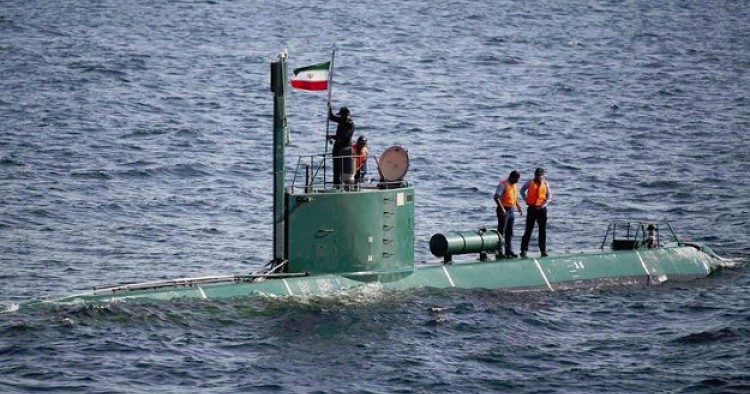Iranian Navy Commander Habibollah Sayyari on Sunday discussed Iran’s latest progress in developing the capabilities and expanding the operational and geographical scope of the country’s naval forces. He announced that he had deployed 20,000 naval personnel to the Makran region on the Persian Gulf and the Gulf of Oman. And in a separate interview with semi-official Tasnim News Agency, he also revealed that the Iranian Navy had developed plans for two naval zones and three new military bases in the region to boost presence along the Makran coast.
Moreover, the top Iranian navy commander claimed that his forces were engaged in efforts to improve security in the Gulf of Aden, the Red Sea and the Bab el-Mandeb. “For the first time, we have managed to sail around the Cape of Good Hope which is itself a record,” he added, noting that new vessels would join the Navy soon. He also underlined that several destroyers of the Iranian Navy, including an Alvand-class destroyer, and a Bushehr-class logistic vessel were present in the Gulf of Aden.
Comment: The Iranian regime has recently put increased emphasis on its naval capabilities as part of its efforts to expand its maritime influence in the region. Last November, Khamenei called for enhancing the Iranian naval forces’ presence in international waters and expanding the Navy’s power. “The power and capability of the Islamic Republic’s Navy should be in line with the merit and level of the Islamic Establishment and the country’s history,” he told a gathering of senior naval commanders.
In the same month, the chief of staff of the Iranian armed forces called for setting up naval bases inYemen and Syria in the future – triggering alarm in the region about Iran’s expansionist naval agenda in the region. “We need bases in distant regions, and sometime it may become possible to have bases on the shores of Yemen or Syria, or bases on islands or mobile bases," Major General Mohammad Hossein Bagheri told a gathering of senior naval commanders on November 26. “Is having naval bases in faraway places any less [significant] than nuclear technology? I say it’s ten times more [important],” he added, reasoning that such a move would provide Iran with an effective deterrent against enemies.
The Middle East Institute (MEI) is an independent, non-partisan, non-for-profit, educational organization. It does not engage in advocacy and its scholars’ opinions are their own. MEI welcomes financial donations, but retains sole editorial control over its work and its publications reflect only the authors’ views. For a listing of MEI donors, please click here.













